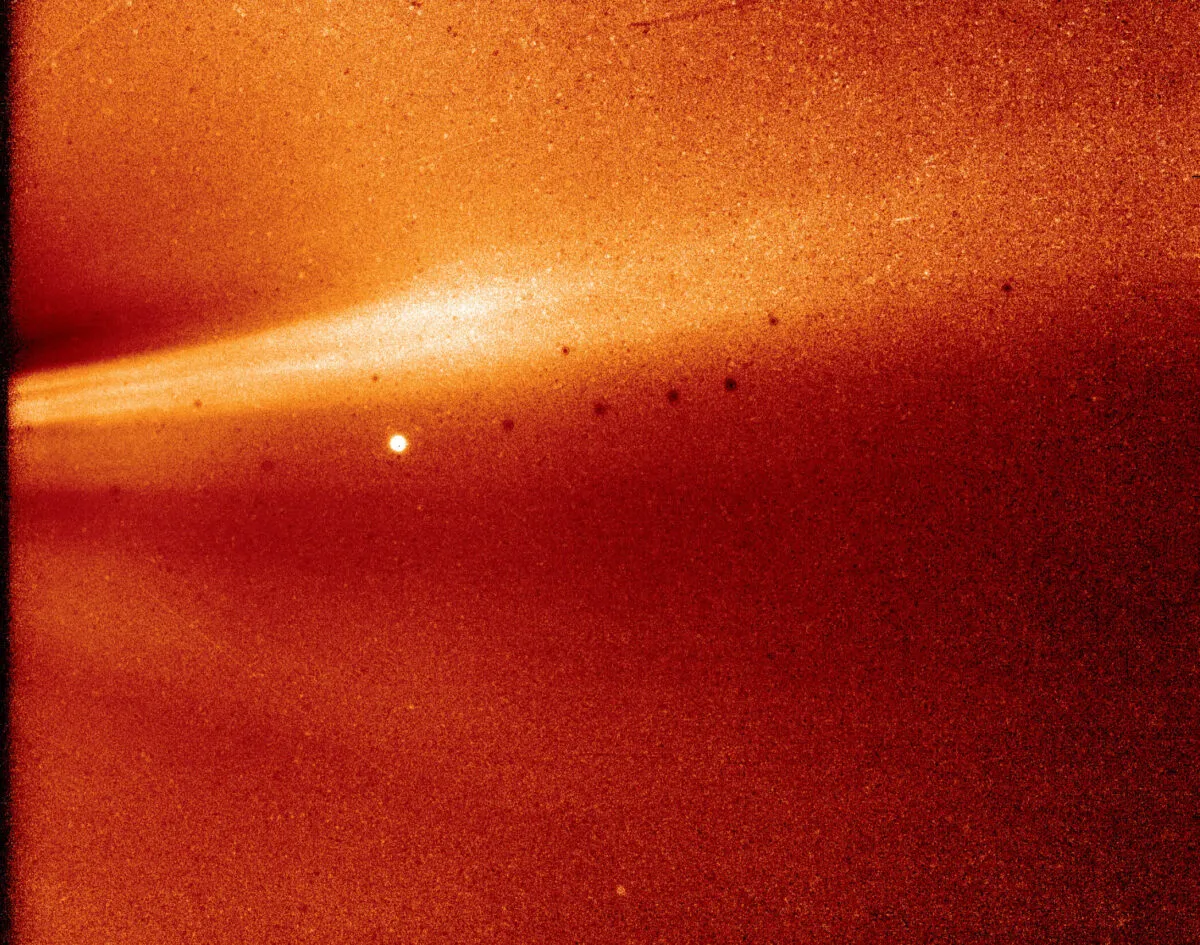A study led by researchers at the U.S. National Science Foundation’s National Solar Observatory (NSO) suggests that one of NASA’s most trusted space instruments may be underestimating the Sun’s true magnetic strength.
It could be twice as powerful as we currently think.
This potential underestimation could transform scientists' understanding of solar storms and so-called space weather, which affects satellites, astronauts and even power grids and communications on Earth.
More solar science

"For years, we’ve thought we understood how strong the Sun’s magnetic field is, but this work suggests it might be twice as strong as previously thought," says NSO scientist Dr. Han Uitenbroek, co-author of the study.
"That matters, because the Sun’s magnetic field plays a critical role in shaping the behavior of solar storms, which can damage satellites, disrupt communications and navigation systems, and even cause power outages."

Measuring the magnetism of our host star
The Sun’s magnetic field drives dramatic eruptions on the surface of the Sun like solar flares and coronal mass ejections, collectively known as 'space weather'.
This can disrupt modern technology on and beyond Earth, and could be potentially dangerous to any astronauts working in space.
To learn more and prepare for the effects of space weather, scientists rely on data from special instruments that detect magnetism in sunlight.

One of the most important of these is NASA’s Helioseismic and Magnetic Imager (HMI) aboard the Solar Dynamics Observatory (SDO).
"Solar and space science projects rely heavily on accurate, consistent magnetic field measurements from the Sun’s visible surface," says Dr. Gordon Petrie, the study’s lead scientist at NSO.
"But there’s a problem: different solar telescopes and instruments give different results, and we don’t fully understand why."

Solving the magnetic mystery
Petrie and his team created an end-to-end computer model that simulates the entire process of creating a magnetic map, known as a 'magnetogram', of the Sun.
Rather than comparing telescope data, they started with a computer simulation of the Sun’s magnetic field, then recreated how light would travel from the Sun, through space and into NASA’s HMI instrument.
The simulation accounted for multiple factors, from how light interacts with magnetic fields, to the instrument’s optics and motion in orbit.

Mic-drop moment
"We found that the (HMI) instrument generally detects about half of the magnetic field," says Petrie.
"The missing signal is due to the instrument’s imperfect ability to analyse the sunlight."
The team’s simulated 'corrected' magnetograms show magnetic field strengths roughly twice as strong as those measured directly by HMI.
According to the team, this missing magnetic strength could explain why models based on HMI data underestimate the intensity of solar wind, but also the magnetic field near Earth, as measured by missions like Parker Solar Probe.

Impact on Earth
What's key about this study is, if the Sun’s magnetic field is actually twice as strong as we thought, solar scientists may have to rethink what we know about the Sun, from solar storm forecasting to high-energy space weather events.
This potentially affects everything from satellite safety to electric grid reliability.
Space weather forecasts help us prepare for solar storms that can interfere with GPS, radio communication, aviation and power systems.
Therefore, more accurate forecasts depend on a better understanding of the Sun’s true magnetic behaviour.

Hope for the future?
Beyond the discovery, the research team says their simulation framework offers a powerful new calibration tool for adjusting data.
It could be applied to data from other solar observatories, like the ground-based Global Oscillation Network Group (GONG), which also tracks the Sun’s magnetic field.

"This breakthrough could finally close the long-standing gap between solar observations and space weather models," say the team.
"Improving our ability to forecast potentially disruptive solar events and offering new insight into the true power of our closest star."
The full study, titled “Calibrating HMI Magnetograms Using an End-to-end Magnetograph Model”, is published in The Astrophysical Journal Supplements.
Read it at iopscience.iop.org/article/10.3847/1538-4365/adcf9f

